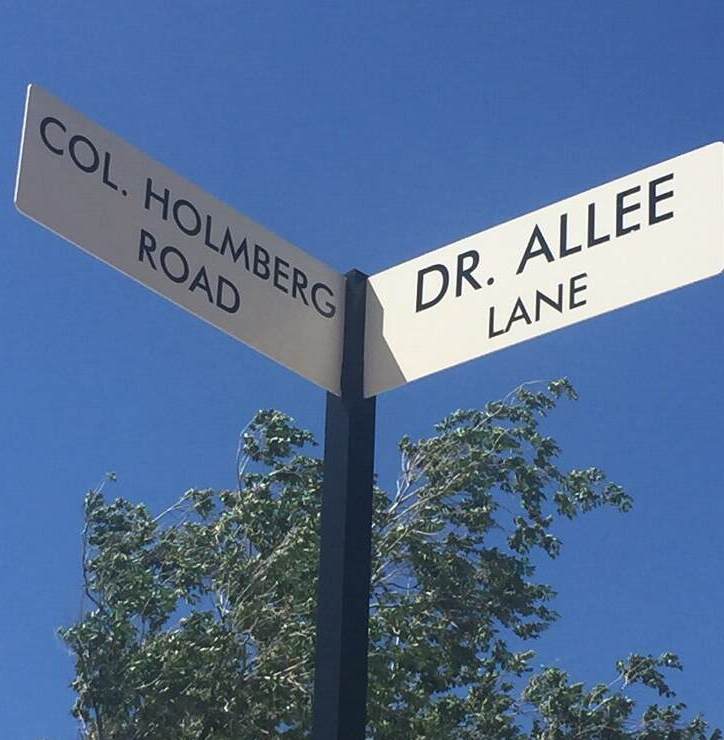
Featured Stories
The Historic Streets of the VA Medical Center in Prescott, Arizona
Ever wonder where some historic street names come from? That's the question that pops up at the VA Medical Center in Prescott, Arizona. Multiples names are displayed on white signs, such as Holmberg, Allee and Whipple. Who are they? Dive in and find out.
History of VA in 100 Objects
Object 84: Gettysburg Address Tablet
President Abraham Lincoln is one of the most revered figures in American history. Rankings of U.S. presidents routinely place him at or near the top of the list. Lincoln is also held in high esteem at VA. His stirring call during his second inaugural address in 1865 to “care for him who shall have borne the battle and for his widow and his orphan” embodies the nation’s promise to all who wear the uniform, a promise VA and its predecessor administrations have kept ever since the Civil War.
Ever since Lincoln first uttered those memorable words in November 1863, the Gettysburg Address has been linked to our national cemeteries. In 1908, Congress approved a plan to produce a standard Gettysburg Address tablet to be installed in all national cemeteries in time for the centennial of President Lincoln’s birth on February 12, 1909.
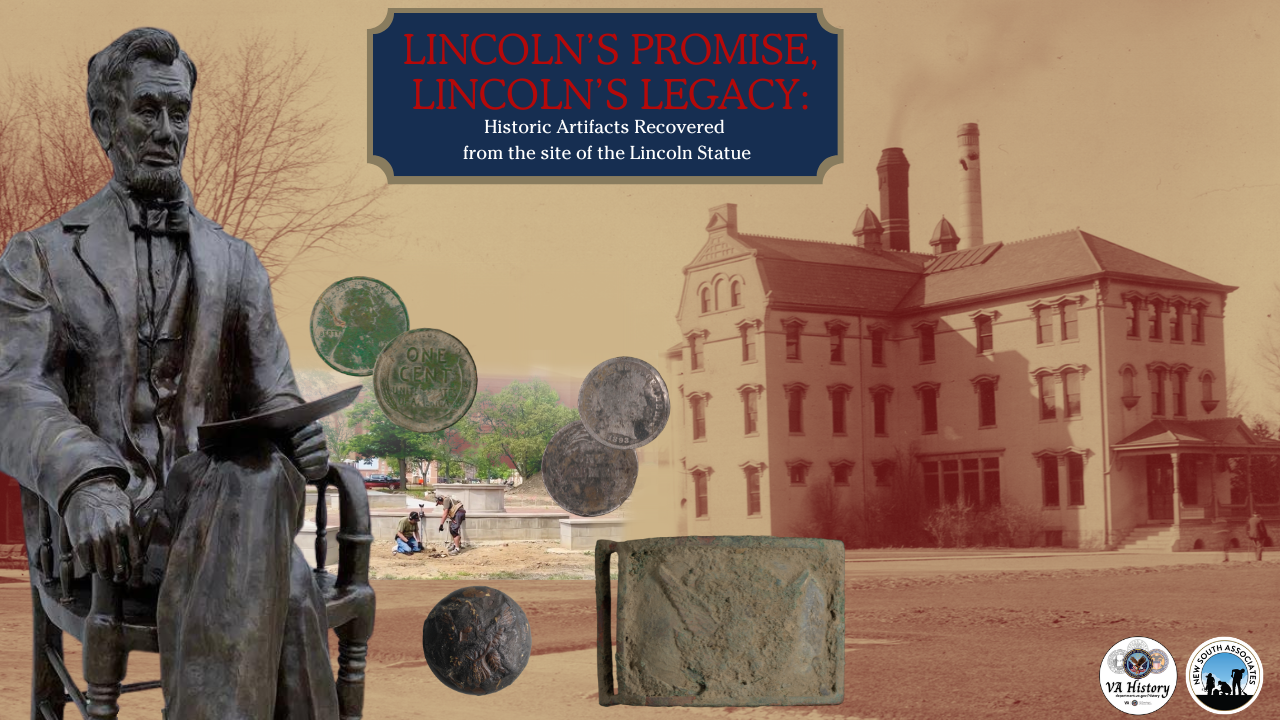
Curator Corner
Lincoln’s Promise, Lincoln’s Legacy: Historic Artifacts Recovered from Site of Dayton Statue
It all started when Bill DeFries, President of the American Veteran’s Heritage Center (AVHC), lost his wedding ring at the construction site for the statue of Abraham Lincoln on the campus of the Dayton VA Medical Center. He requested the assistance of the Dayton Diggers, a local nonprofit whose mission is to “research, recover, and document history” through their use of metal detector survey. The machines used by Dayton Diggers emit an electromagnetic field that responds to metal objects hidden below the ground surface. When they pinpoint a target, they use minimally invasive excavation to remove the object from the soil. In addition to the misplaced wedding band, their team uncovered historic artifacts that can be used to understand the history of Veteran care here in Dayton.
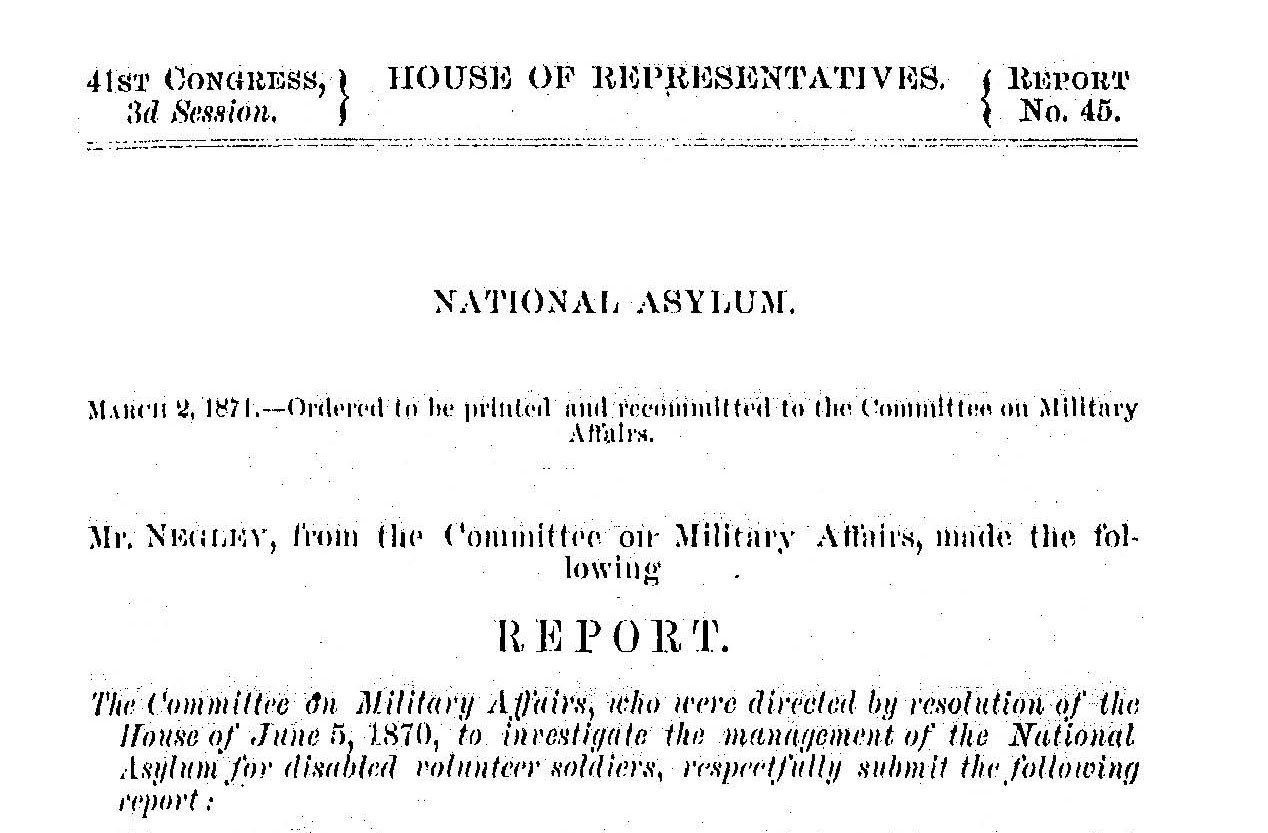
Featured Stories
1870 Annual Report for the National Home for Disabled Volunteer Soldiers
Have you ever wondered where do historians, curators and archivists find all the information that goes into museum exhibits, books, and documentaries? One place is government reports. The National VA History Center preserves the history of the National Home for Disabled Volunteer Soldiers as a predecessor of the modern VA. We do a lot of research related to objects from the Home and we write about what life was like for those who lived and worked there. The Annual Reports that were provided to congress are a great place to look for this information. These reports provide a great deal of information, and you don’t have to travel to an archive, can do it from your computer. See the link at the bottom to access the reports.
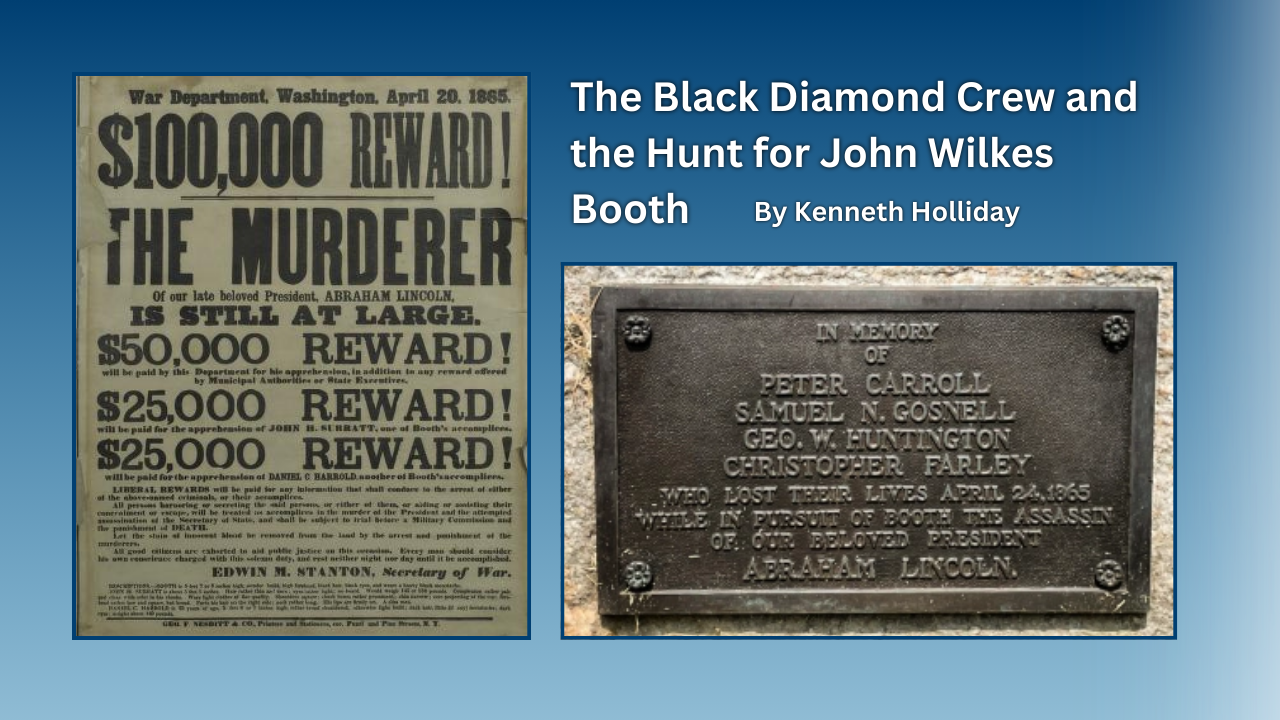
Featured Stories
The Black Diamond Crew and the Hunt for John Wilkes Booth
During the late evening, early hours of April 23-24, 1865, the Black Diamond, a ship on the Potomac River searching for President Abraham Lincoln's assassin John Wilkes Booth collided with another ship, the USS Massachusetts. The incident was a terrible accident during the frantic mission to locate the fleeing Booth before he escaped into Virginia. Unfortunately many lives were lost, including four civilians who had been summoned from a local fire department by the Army. For their assistance during this military operation, all four were buried in the Alexandria National Cemetery, some of the few civilians to receive that honor.
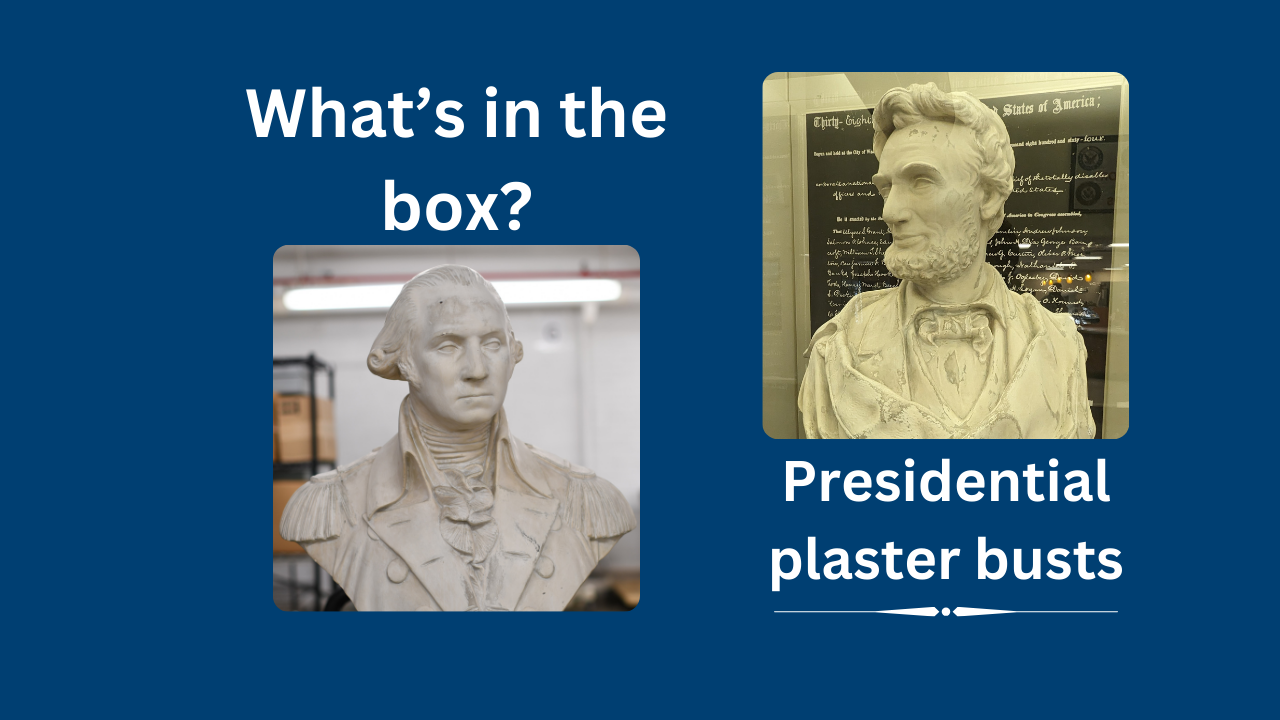
Curator Corner
What’s in the Box? A Pair of Plaster Presidential Busts
Presidents George Washington and Abraham Lincoln are among the most easily recognizable figures in American history. Their faces are symbols of wisdom, strength, and leadership. Even today, polls consistently rank them as the greatest or most successful presidents. With that in mind, it is unsurprising that the appreciation of these legendary statesmen has deep historic roots. In honor of their birthdays, our team at the National VA History Center explored those roots through this pair of plaster busts.
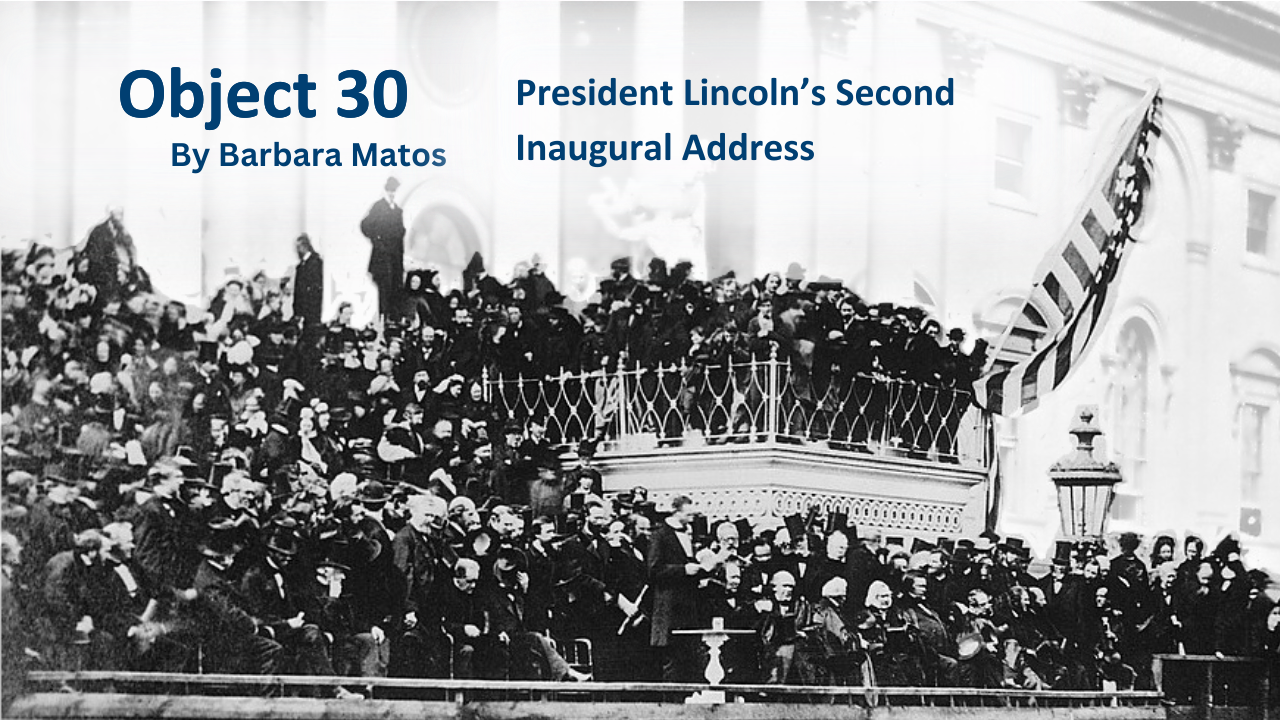
History of VA in 100 Objects
Object 30: President Lincoln’s Second Inaugural Address
On March 4, 1865, as the Civil War entered its final weeks, President Abraham Lincoln second inaugural address was delivered from the East Portico of the U.S. Capitol. Four years earlier, he had stood in the same spot when he spoke to the crowd that had assembled for his swearing in as the sixteenth President of the United States.
This time, his speech focused on the task ahead for the country, a stirring call for healing and reconciliation. A significant section of his speech was a solemn promise to those who had fought to restore the Union: "...let us strive on to finish the work we are in; to bind up the nation’s wounds; to care for him who shall have borne the battle, and for his widow, and his orphan—to do all which may achieve and cherish a just and a lasting peace, among ourselves, and with all nations."
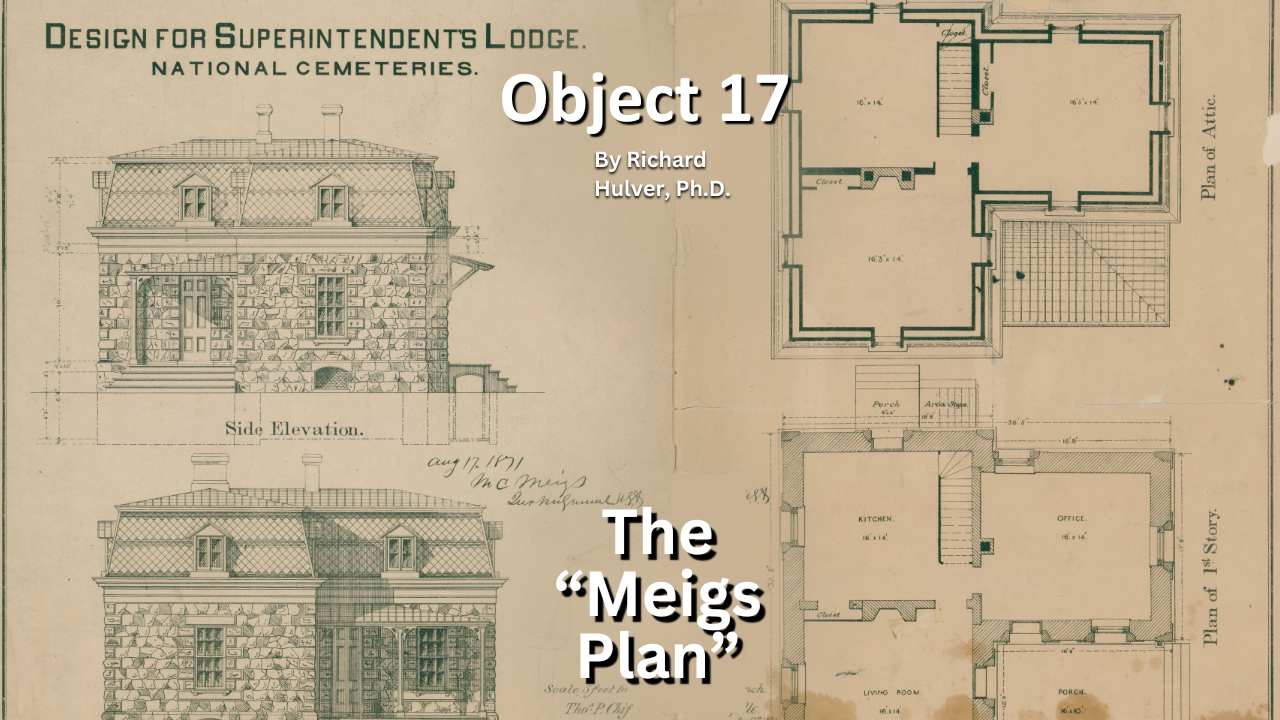
History of VA in 100 Objects
Object 17: The “Meigs Plan” Lodges
National cemeteries originated out of necessity during the American Civil War. In the summer of 1862, as casualties mounted at an alarming rate, Congress empowered President Abraham Lincoln to purchase and enclose burial plots as national cemeteries to inter the growing number of Union dead. These cemeteries were managed by superintendents, some disabled Civil War Veterans. To house them, Brig. Gen. Montgomery Meigs came up with what was later named the "Meigs Plan," the design for permanent lodges to house the superintendents.

Featured Stories
National Cemeteries and President Abraham Lincoln
President Abraham Lincoln’s famed 272-word Gettysburg Address, cast in iron tablets, was placed in national cemeteries in 1909 as part of a nationwide birthday centennial program. When the popular president, born February 12, was honored again in 2009, NCA began to produce more tablets to ensure the speech is in all new national cemeteries.
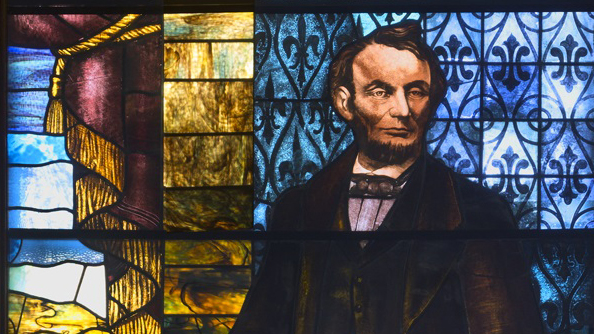
Featured Stories
Lincoln And Grant in Lights: The Grand Army of The Republic’s 1887 Memorial Stained-glass Windows
After the Civil War concluded, the Veteran service organization Grand Army of the Republic commissioned multiple stained glass windows that were early powered light displays. Two survive today at VAs in Leavenworth, Kansas and Milwaukee, Wisconsin.



